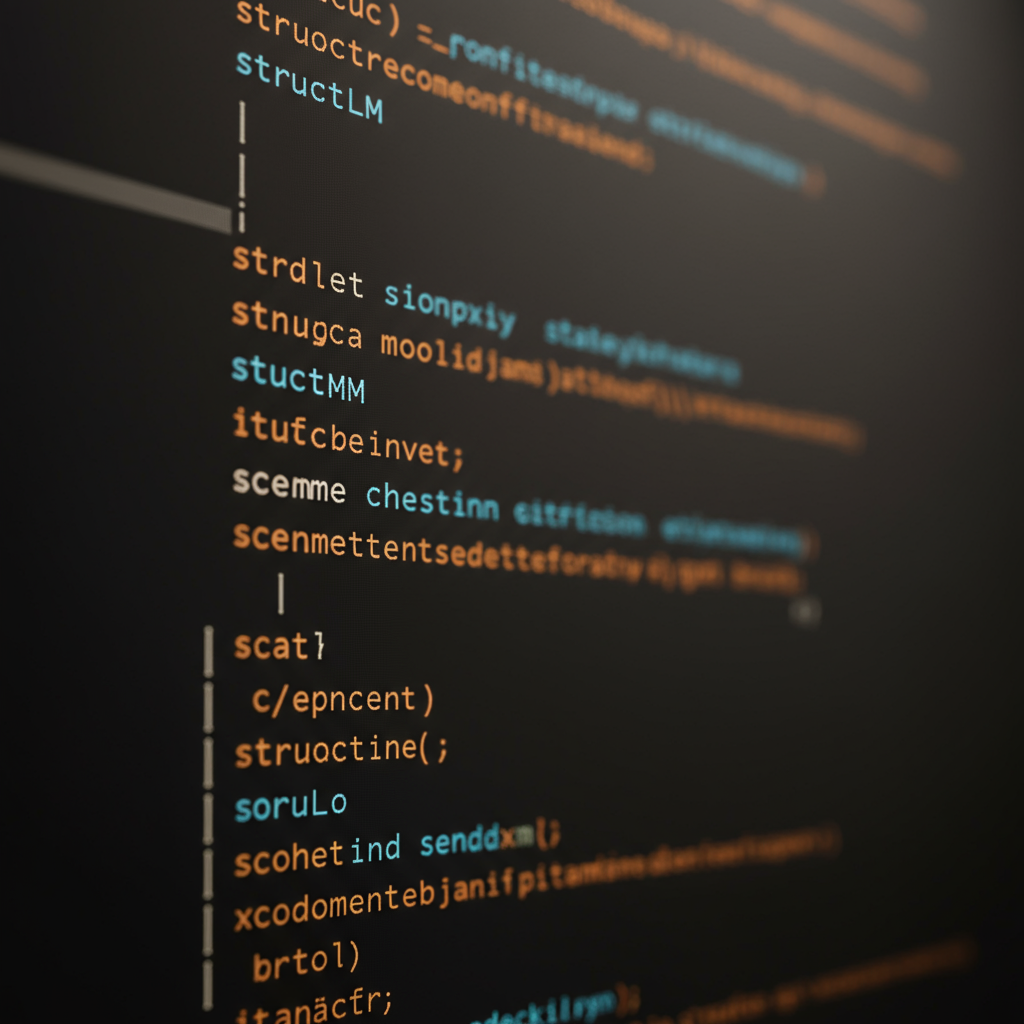Large Language Models (LLMs) are powerful, but they can be inefficient with tokens. This is especially true when defining schemas for complex data structures. A new library, StructLM, aims to make this process more token-efficient, taking inspiration from the popular Zod library.
What’s the problem?
When working with LLMs, every token counts. Longer prompts mean higher costs and potentially slower response times. Traditional schema definitions can be verbose, leading to wasted tokens and increased complexity.
How does StructLM help?
StructLM offers a more concise way to define schemas, similar to Zod. This reduces the number of tokens required, leading to more efficient interactions with LLMs. The library is open source and available on GitHub.
What makes it different?
StructLM focuses specifically on optimizing schema definitions for LLMs. Its compact syntax minimizes token usage without sacrificing clarity. This is crucial for keeping prompt sizes small and managing costs effectively.
Why is this important?
As LLMs become more prevalent, efficient token usage is increasingly critical. StructLM addresses this need by providing a streamlined way to define schemas. This allows developers to build more cost-effective and performant applications.
What are the benefits?
- Reduced token usage, leading to lower costs and faster responses.
- Simplified schema definitions, making code easier to read and maintain.
- Improved LLM interaction efficiency.
How can you get started?
Visit the StructLM GitHub repository for documentation and examples. Explore how this library can simplify your LLM schema definitions and optimize your workflow.






